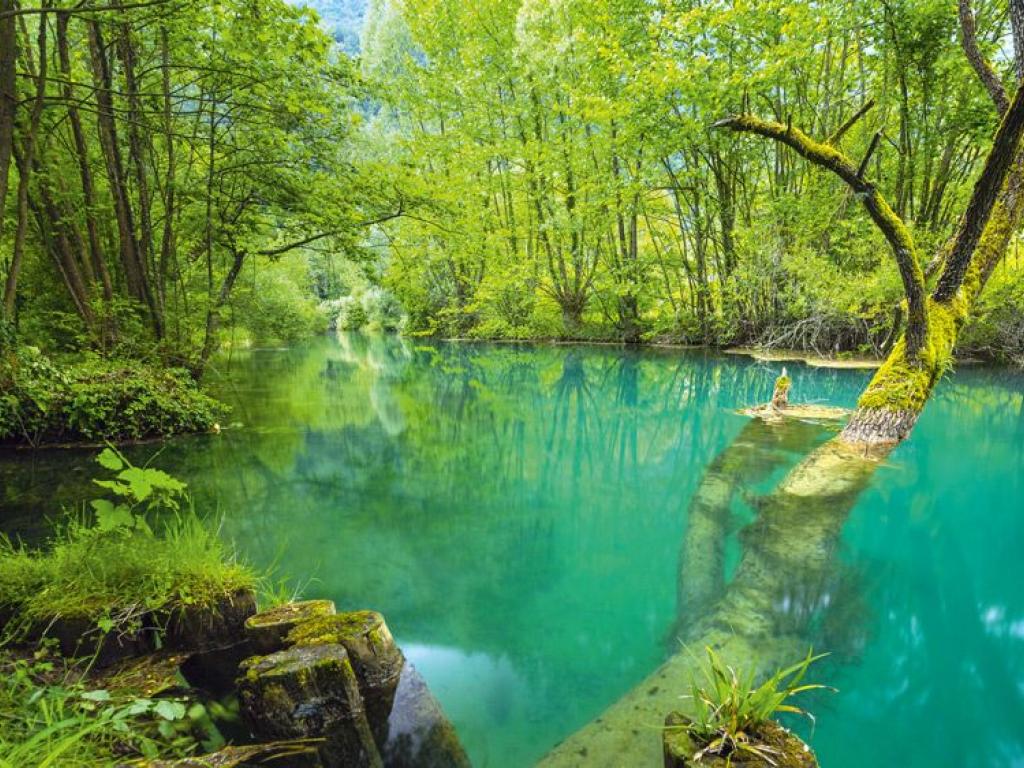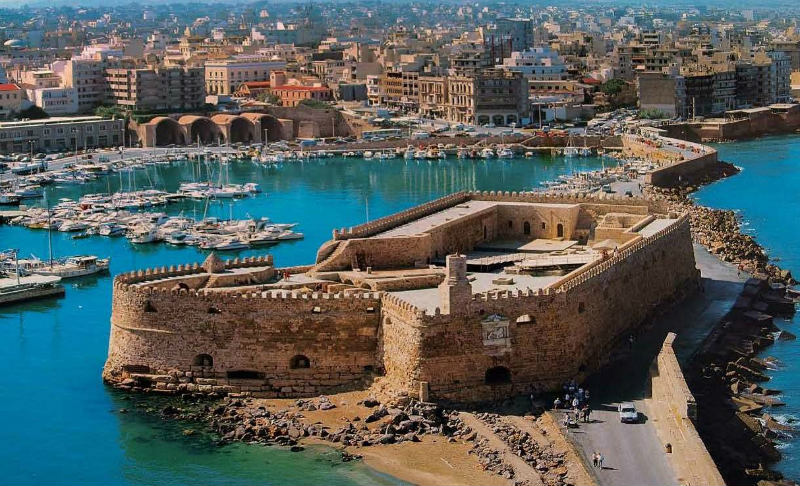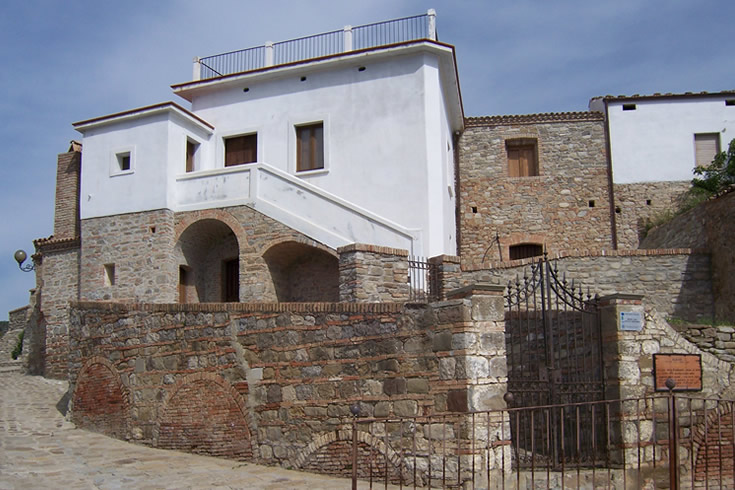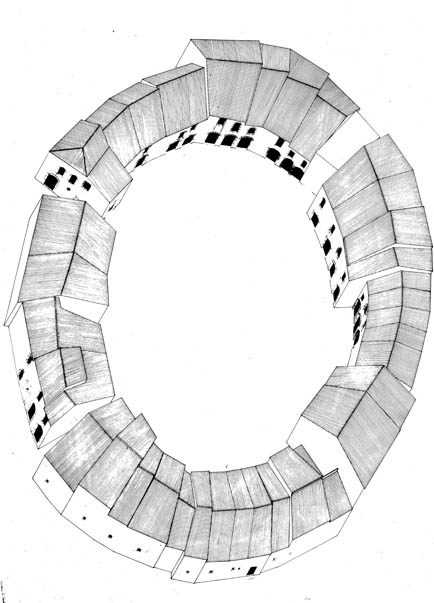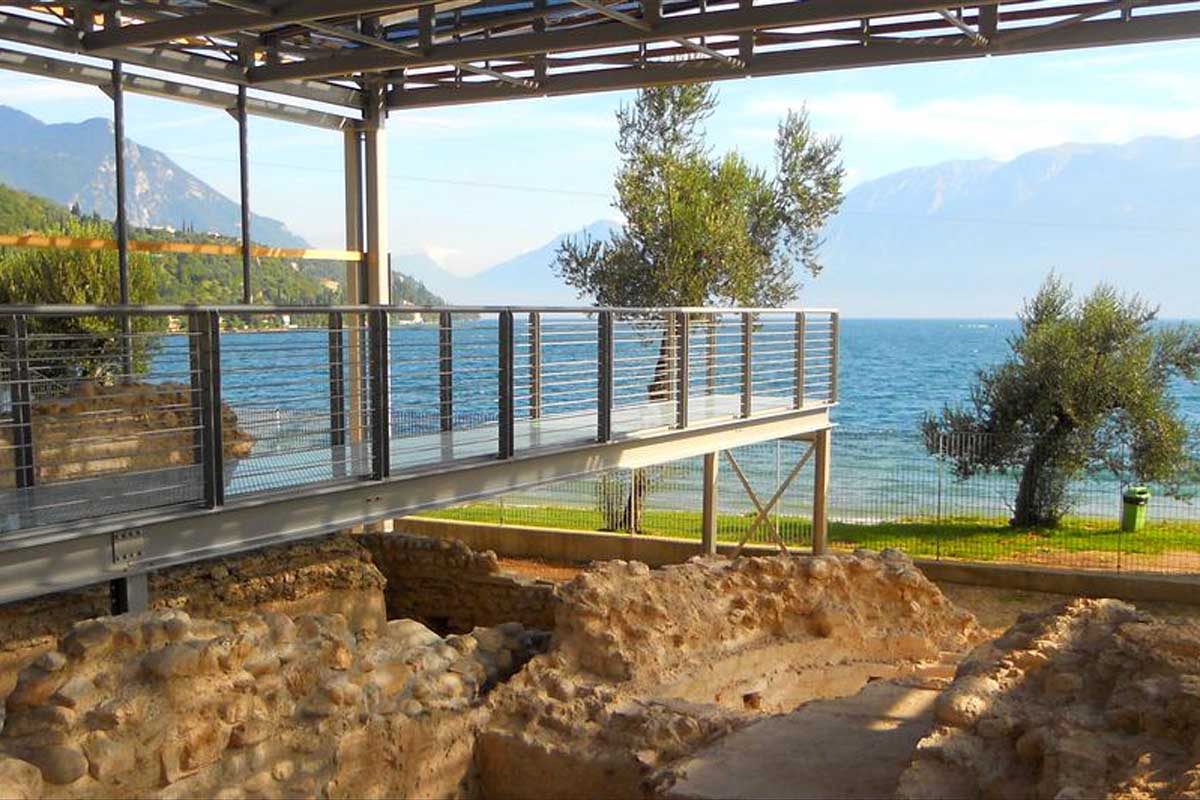In the province of Pordenone, in the humid and marshy area that extends between the municipalities of Caneva and Polcenigo in the area of the sources of the Livenza river, there is the pile-dwelling site of Palù di Livenza.
It is a locality frequented by the last hunter-gatherers during the final phase of the Palaeolithic in the Late Glacial period. However, the most intense and extensive frequentation of Palù took place during the final phase of the Neolithic, when a pile-dwelling developed in the humid area.
From the data collected in the area investigated in the ’90s of the last century, it was possible to reconstruct at least three building typologies of the pile-dwelling structures, related to distinct settlement phases, chronologically datable between 4,500 and 3,800 B.C. approximately. The materials found and recovered are very numerous and mainly consist of chipped stone tools, ceramic fragments and wooden remains of hut structures; less common, but attested, are also wooden objects of daily use, among which a fragment of an oar or paddle, a large vase, a fragment of an axe handle and a drawing board in the process of being worked are of importance. Interesting paleobotanical data allowed the reconstruction of Neolithic agricultural activities and of the natural habitat at the time of the village, which can be traced back to the so-called mixed oak wood populated by deer, roe deer and wild boar.
The site of Palù di Livenza is certainly one of the most interesting Neolithic pile-dwelling sites in northern Italy.
Thanks to the exceptional dating of the finds and the perfect state of preservation of the archaeological remains, Palù was inscribed on UNESCO’s World Heritage List in 2011 together with other similar settlements distributed in many wetlands of the Alpine arc (Prehistoric pile-dwelling sites of the Alpine arc).
